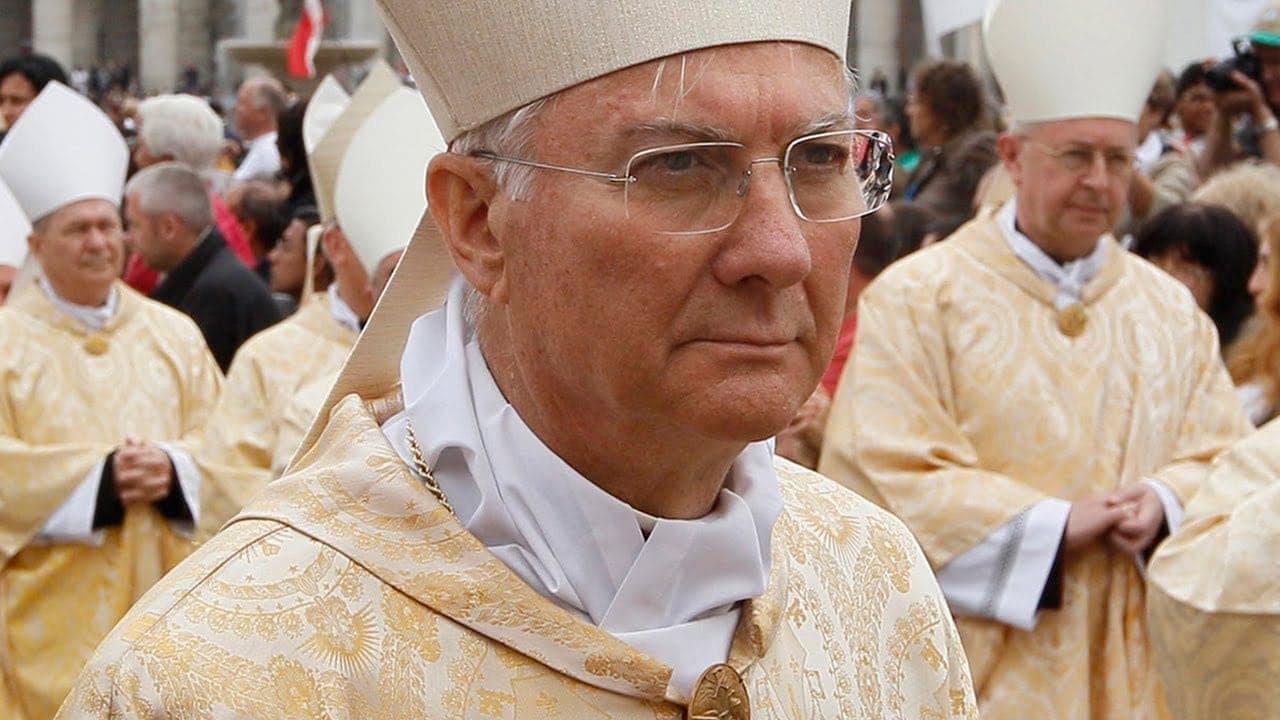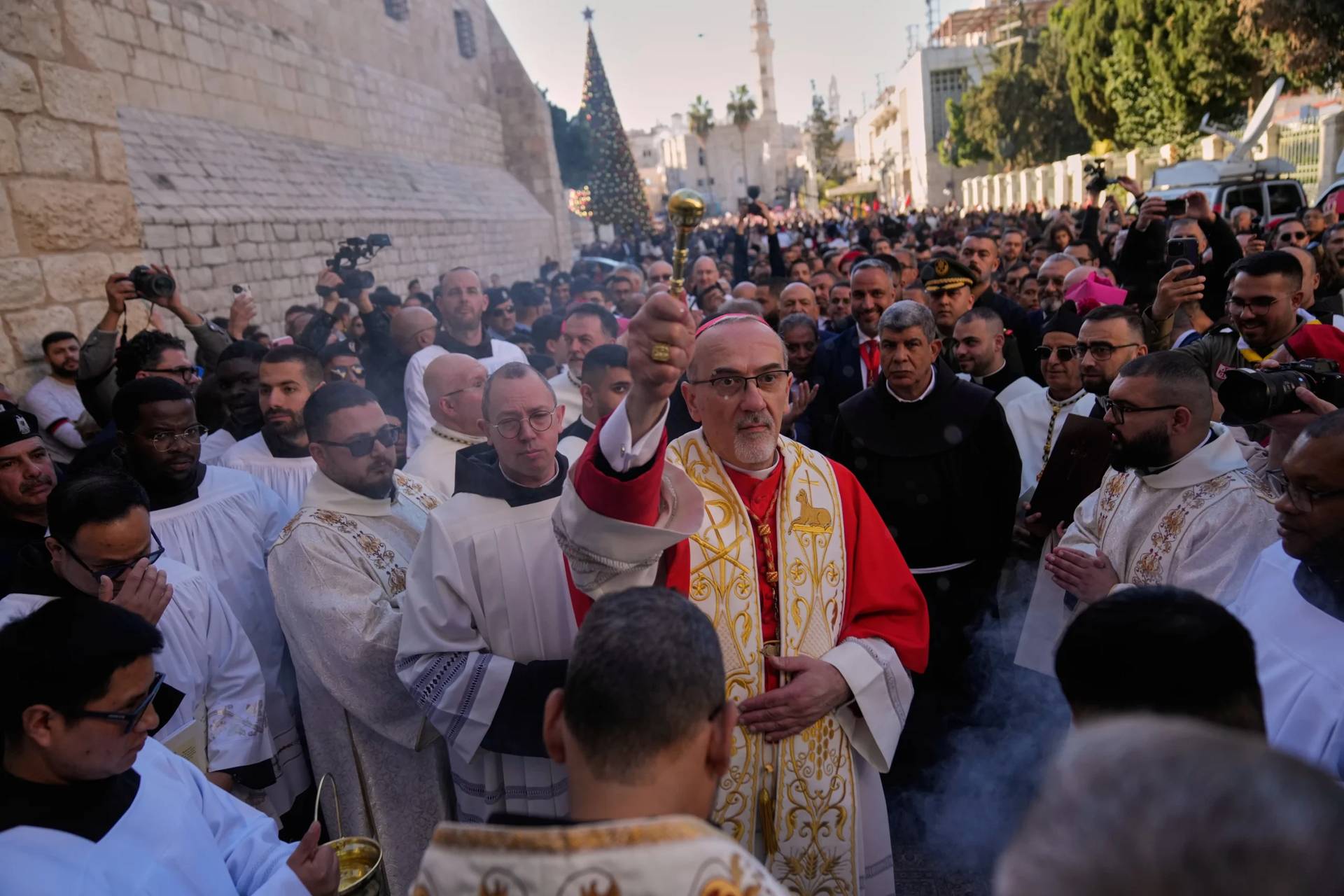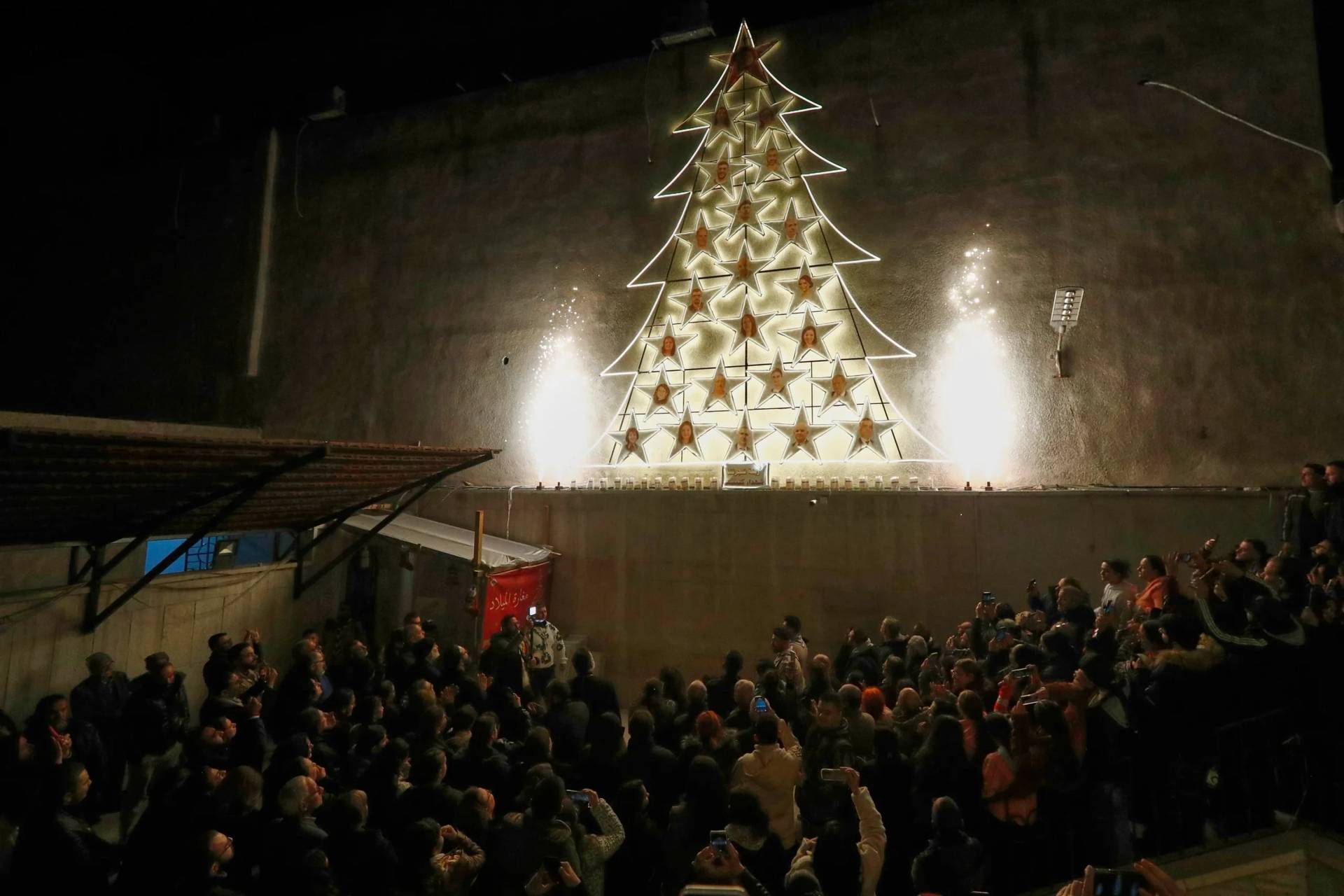Vatican-watchers are a bit like baseball fans in their near-maniacal obsession with the details of the game: Cataloguing the nine ways to reach first base without a hit, for instance, or dissecting the various gradations of papal authority (an “apostolic exhortation” versus a motu proprio, and so on.)
In that spirit, I’d like to suggest a new parlor game to amuse all those who enjoy reading Vatican tea leaves: Debating the greatest ecclesiastical “resurrections” under Pope Francis, i.e., figures in the Church whose careers appeared to be effectively over before March 13, 2013, and who are now back in the limelight.
The thought occurs in light of the Vatican’s announcement on Friday of new members appointed by Francis for the Congregation for Divine Worship and the Discipline of the Sacraments, the top office for liturgical policy, including Italian Archbishop Piero Marini.
For anyone around during the John Paul II years, Marini is a very familiar figure, having served as the Polish pope’s Master of Liturgical Ceremonies for twenty years from 1987 to 2007.
That time overlapped with the run of Chilean Cardinal Jorge Medina Estévez as prefect of the Congregation for Divine Worship from 1996 to 2002, and the tensions between the two men were the stuff of Vatican legend.
While Medina was a stickler for tradition, Marini is an innovator fired by a progressive reading of the Second Vatican Council. Legendarily, he would approve flourishes during the pope’s own Masses that would never have passed muster on Medina’s watch in a local parish.
To this day, I recall being in Mexico City with John Paul II in 2002 for the canonization Mass of Juan Diego, and watching a female Mexican shaman perform a dancing purification ritual on the pontiff with a bit of shrubbery during the Mass – in effect, the witch doctor exorcised John Paul. (Marini later explained that the ritual is part of traditional Mexican religiosity, arguing there’s a time-honored thrust in Christianity to “baptize” such expressions of popular faith.)
I couldn’t help calling a guy I knew in Medina’s office, whose thundering verdict on the whole thing as he watched it unfold with mounting horror on TV was, “Marini must go!”
By 2007, it appeared just that had happened.
There was a new pope, Benedict XVI, who brought a lifetime of reflection on the liturgy to the papacy, and who was obviously moving in a different direction. Marini was appointed to run the Vatican’s office for international Eucharistic congresses, and was seen as having no real authority anymore.
In September 2015, however, Francis appointed Marini head of a liturgy committee with the Congregation for Eastern Churches, and on Friday made him a member of the congregation that was once his nemesis in Divine Worship.
At 74 it’s not clear how active Marini will be, and of course as a simple member of the congregation he’ll hardly be running the show, but in any event he once again has what the Italians call voce in capitolo … his voice is in the mix.
Who else belongs on a list of this pope’s resurrections? Here are four representative examples.
Cardinal Oscar Rodriguez Maradiaga of Honduras: Considered virtually a pope-in-waiting for much of the 2000s, critics of Rodriguez said he played with fire during a 2009 coup in Honduras, vacillating at a time when his people needed strong leadership. Then in 2011 Lesley-Anne Knight, a Zimbabwe-born lay woman, was denied permission by the Vatican to stand for a second term as secretary general of Caritas. Rodriguez was the Caritas president and lost a noisy showdown with his fellow Salesian, Italian Cardinal Tarcisio Bertone, then the Secretary of State, in a bid to save her. It seemed Rodriguez was finished, but today he’s the coordinator of Francis’s all-important “C-9” council of cardinal advisors and, in some ways, virtually the Church’s “vice-pope.”
Cardinal Pietro Parolin of Italy, Secretary of State: Parolin was once known as the real brains of the Secretariat of State, the go-to guy for getting anything done. Yet in 2009 there was a perceived falling-out between him and Bertone, and Parolin was sent packing as the pope’s ambassador to Venezuela. He was called back to Rome by Francis in August 2013 to take over the Secretariat of State, and his influence and responsibility has steadily expanded ever since.
Cardinal Walter Kasper of Germany: For much of the 2000s, Kasper’s progressive stance seemed out of sync with Vatican concern about the integrity of Church teaching, and he often found himself frozen out of the decision-making loop. Yet when Francis wanted someone to set the stage for an all-important meeting of cardinals in February 2014 to discuss the family, including Communion for the divorced and civilly remarried, he chose Kasper to give the opening address, and ever since the influence of Kasper’s thinking on Francis has been obvious.
Monsignor Battista Ricca of Italy: Prior to Francis’s election, Ricca’s once-promising diplomatic career had seemed to end in embarrassment, and by March 2013 he was running a residence for clergy in Rome. Yet the new pope brought him back from the dead, making Ricca his personal delegate to the troubled Vatican bank, and even a rather vicious cycle of reports on Ricca in the Italian media about supposed past gay dalliances was not enough to erode the pontiff’s confidence.
Those are a few solid picks for Francis’s risens, but it’s hardly a complete list.
Perhaps we should create an annual award – we could call it the “Lazarus Prize” – for the churchman whose career, which once seemed dead, has most thoroughly come back to life that year. Yesterday’s nomination of Marini is another good reminder that we’re unlikely to run out of candidates as long as Francis is around.















